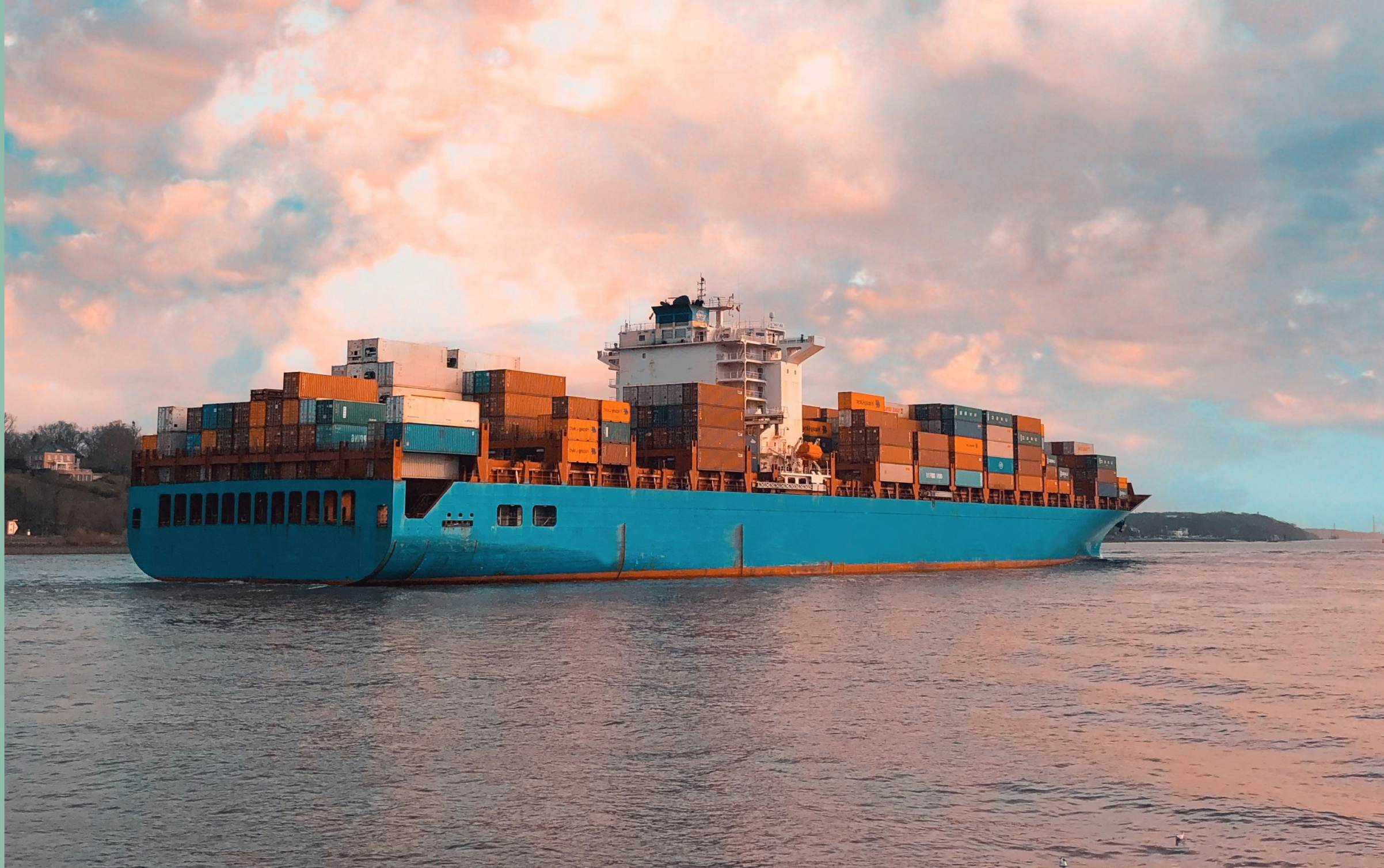Bridging The Gap Between Technology and Human Insights in Supply Chains

Technology and human insights are two of the biggest components of modern supply chain management. However, there is still a gap between the two. Bridging this gap is critical to running a successful and efficient supply chain business.
Modern supply chain management has enjoyed unprecedented advancements in technology. With this has come the ability to create and run a more streamlined, efficient, and faster supply chain operation. However, human insight is still crucial to ensure all of that. Think about it: many supply chains still do the bare minimum where technology is concerned, and they do just fine.
Take, for example, when optimizing value chains, sourcing raw materials, or engineering supply chain models such as the fast chain model or continuous flow model. The human insight cannot be underestimated in the value it brings to the table here. This article will explore how to bridge the gap between the two to ensure a successful supply chain operation.
What Causes The Gap Between Technology and Human Insights in Supply Chain
As far as technology has come, you would be hard-pressed to find supply chain managers who have totally negated human insights from their supply chain model. This is because humans are the control mechanisms that ensure the technology performs as required for optimal operation.
Challenge of Interpretation
Sometimes, people in the supply chain can struggle to interpret the information coming from the technology. A lack of training or standardization of data management usually causes this challenge. When there is an interpretation challenge, the people cannot implement the information efficiently, potentially leading to disruptions across the supply chain process.
Automation Paradox
Technology solutions can free up time for the people in the supply chain to focus on more strategic aspects of the supply chain. However, this could also lead to a decline in some of the primary skills needed in the supply chain, such as problem-solving and critical thinking. This creates a situation whereby the supply chain is no longer improving.
Data Silos And Lack of Communication Between Systems
In some situations, data is generated in silos. This could potentially lead to a breakdown or disruption in supply chain models. To prevent this, invest in platforms and dashboards that integrate and streamline the data for seamless understanding and implementation.
The Law of GIGO
Technology, at its core, is still garbage in, garbage out. It is what you dictate to the technology that it does, especially in the case of AI. The wrong protocols and algorithms will lead to the wrong outcomes. In this case, it might even disrupt the entire supply chain.
How To Bridge The Gap Between Technology and Human Insights in Supply Chain
Although there is a gap that can lead to all sorts of problems for the supply chain, it can also be bridged. This way, both are amplified, leading to success and efficiency in the supply chain.

Invest in Data Integration
Data created in silos can be problematic because it impacts the seamless coordination of the supply chain. It also forces the people in the supply chain to communicate them to the relevant parties, and of course, it can be very inefficient. If you are to leverage technology, it is essential to invest in platforms that can integrate it all and offer it to the relevant parties.
This would ensure that human insight is enhanced and they can work more efficiently within the supply chain. This means they get more productive and faster without going through countless paperwork and instructions.
Establish Clear Roles
It is essential to outline the roles of technology and the roles of people in the supply chain. Ensure that technology is nothing more than an essential tool that the people in the supply chain can leverage to enhance productivity. This will help reduce confusion and the fear of replacement among the people in the supply chain.
In turn, you can get both to work seamlessly together, enhancing the entire supply chain. There are some caveats, though. Although technology will not replace humans, it may make many of them redundant in the supply chain. This usually applies to low-level and repetitive tasks across the supply chain. It is important to be clear and concise when this happens. In some situations, you may need to use the next point.
Training, Retraining, and Educating
Although technology is essential to modern supply chains, sometimes they can be too complicated to use. This is why it is vital to train employees and the people in the supply chain about the benefits and application of new technology. This way, you can enhance human insights and how they use the technology to achieve the overall goal of the supply chain.
Just as we mentioned earlier, training, retraining, or educating the people in the supply chain can help them learn new skills, which allows you to put them in more strategic positions or repurpose their ability to some other part of the supply chain. It is a good strategy to avoid a decline in skills and the fear of replacement from the people within the supply chain.
Foster a Culture of Communication and Continuous Improvement
Creating a culture that emphasizes communication with technology tools is vital from the get-go. This means getting the people to interact with the technology and use the data provided to conduct supply chain operations. This builds familiarity with the system and reduces apprehension when people see the value it offers.
A culture of continuous improvement means getting everyone to buy into taking steps to improve the organization and supply chain. This will not only help enhance human insights and skills but will also make them more welcoming of technology advancements because they know the ultimate goal is to be better and more productive.
Invest in Easy To Use Technology
Although technology makes so many waves, some industries are more complicated than others. Ease of use will go a long way to ensuring that the people in your supply chain can leverage it for more productivity.
How Businesses Leverag Silq To Balance Human Insights and Technology In Improving Supply Chains

We know that technology does not see it all. In fact, without human input, it might as well be useless. So, we developed a platform that leverages the two to solve shipping crises and other challenges global supply chains face.
We send our people to conduct on-site inspections. This means we take care of the areas the technology doesn’t cover, including managing your manufacturing processes on a budget, building intuitive shipping plans, and ensuring quality to reduce product returns. Then, we use our robust platform to enhance the rest of the supply chain and optimize your value chain.
With our platform, you have an all-in-one data integration, an easy-to-use tech, and one that is designed as a highly productive tool.
Ready for Supply Chain Predictability?
Importers using Silq ship smarter, safer, and with total control.







